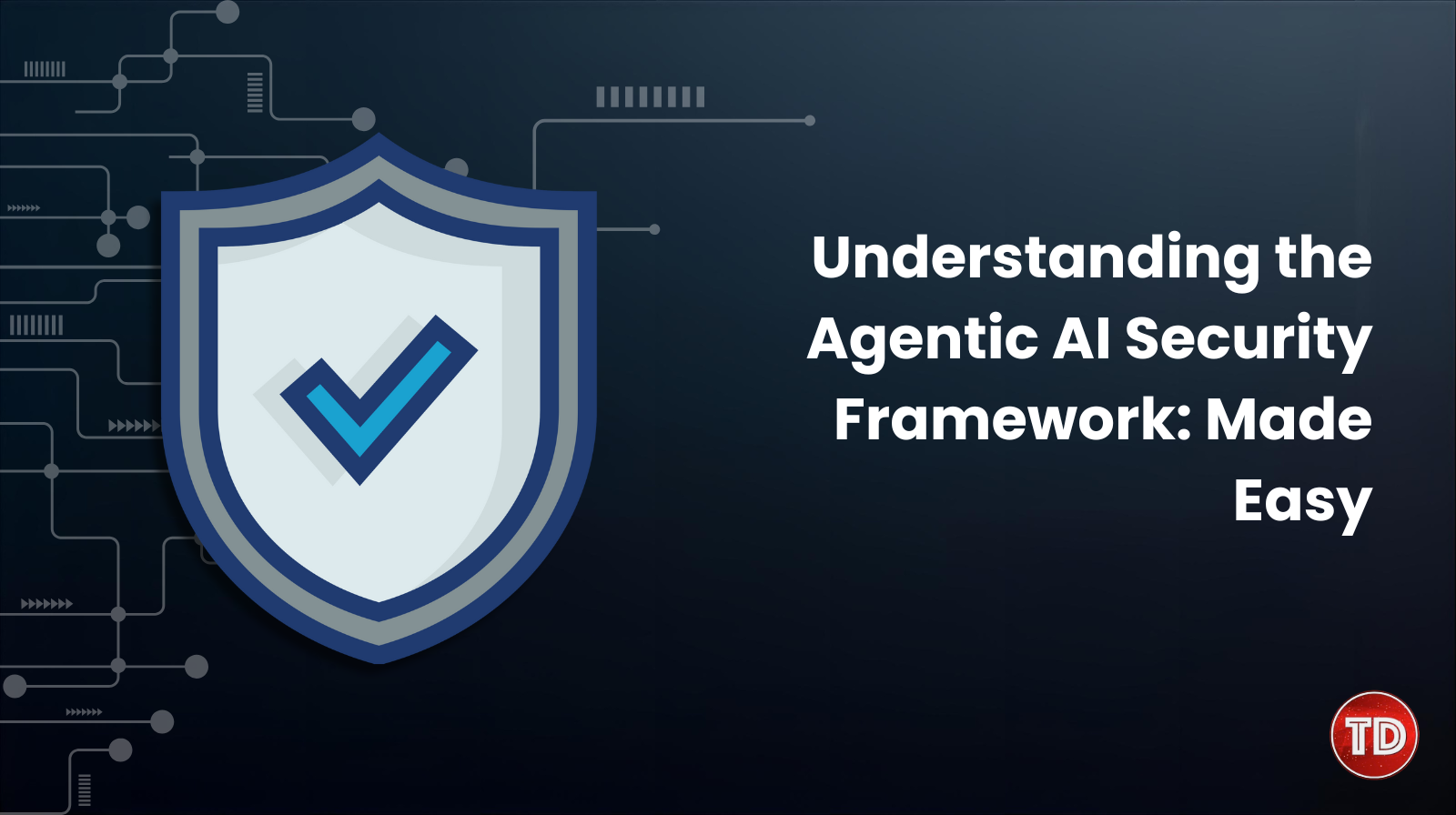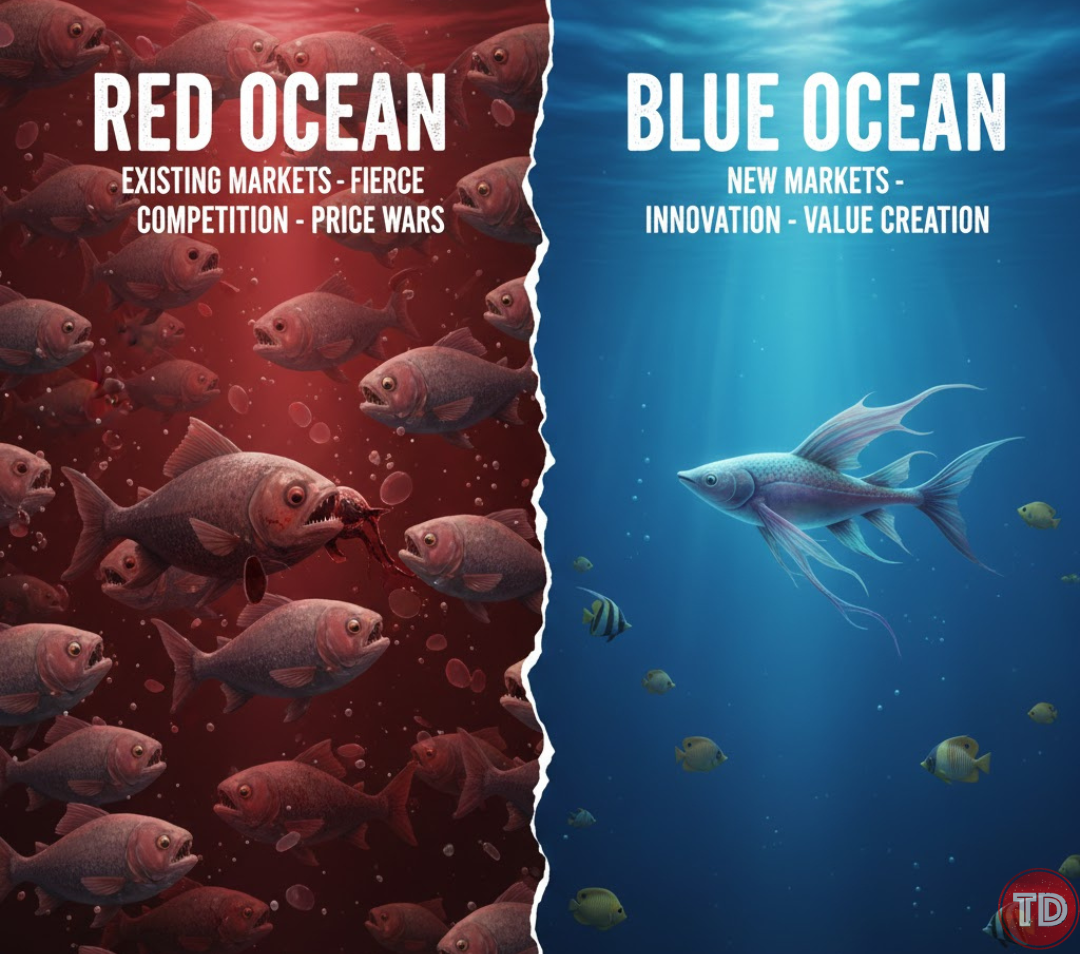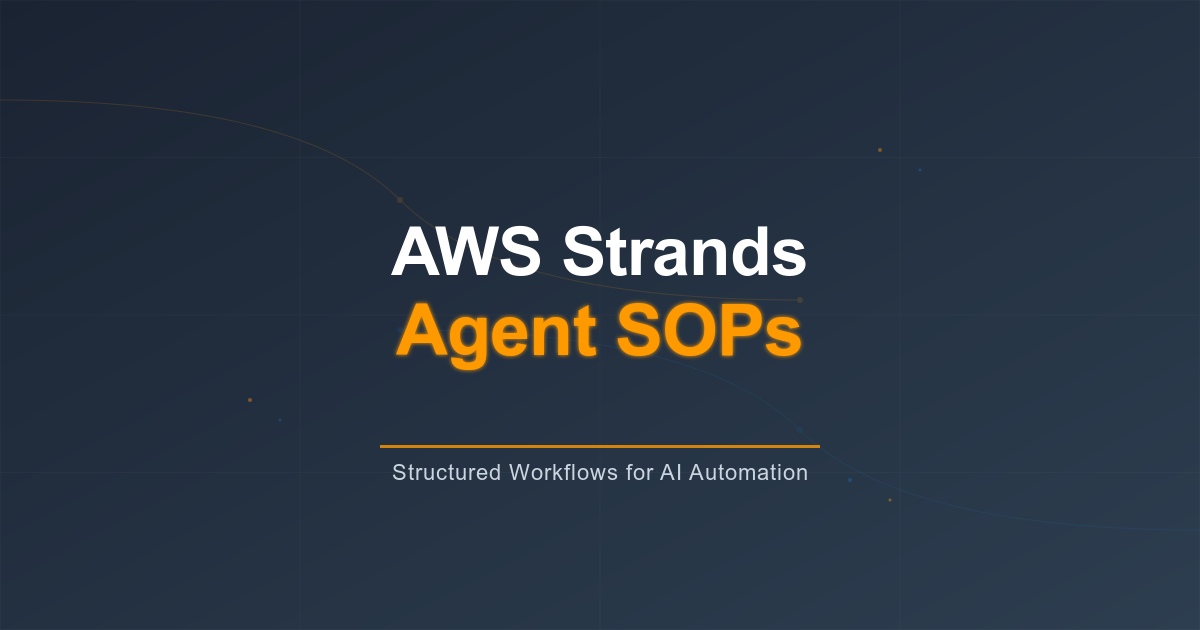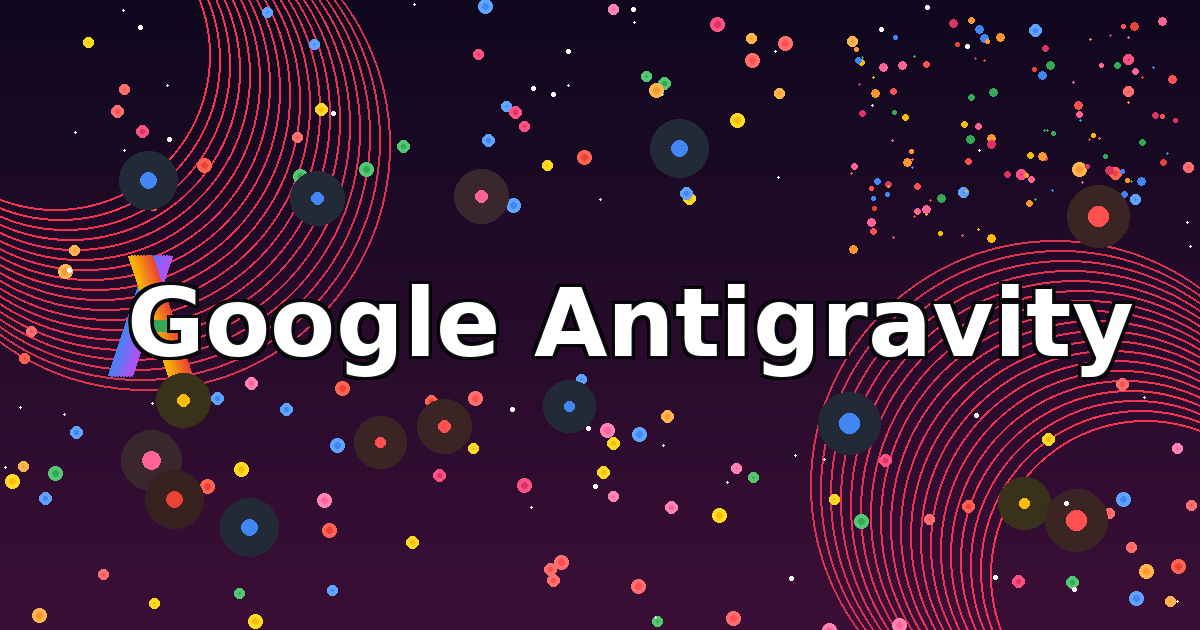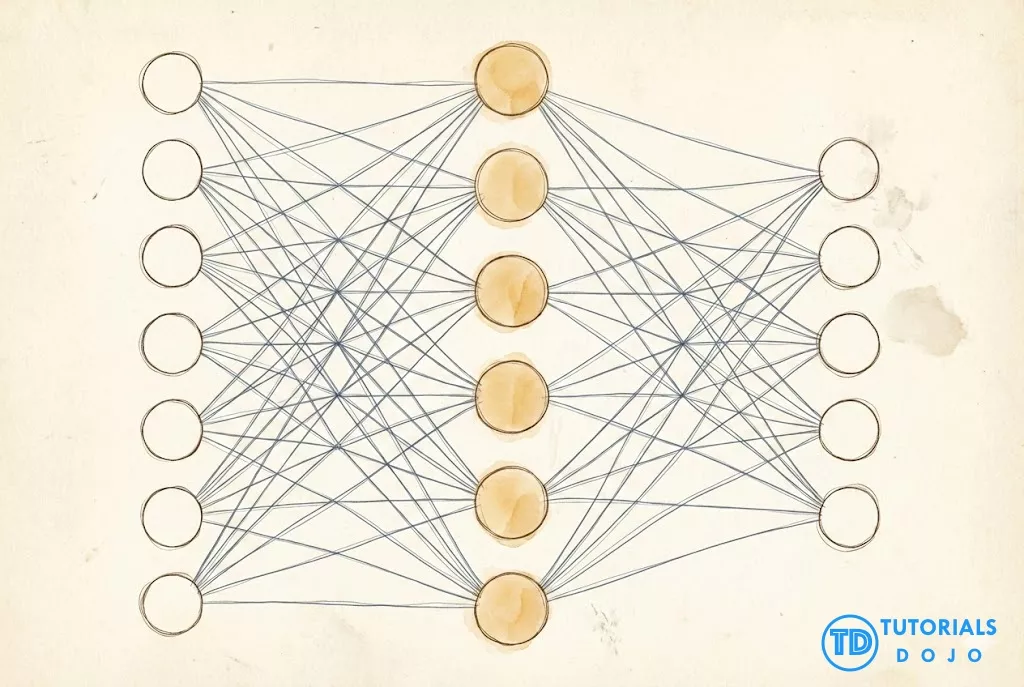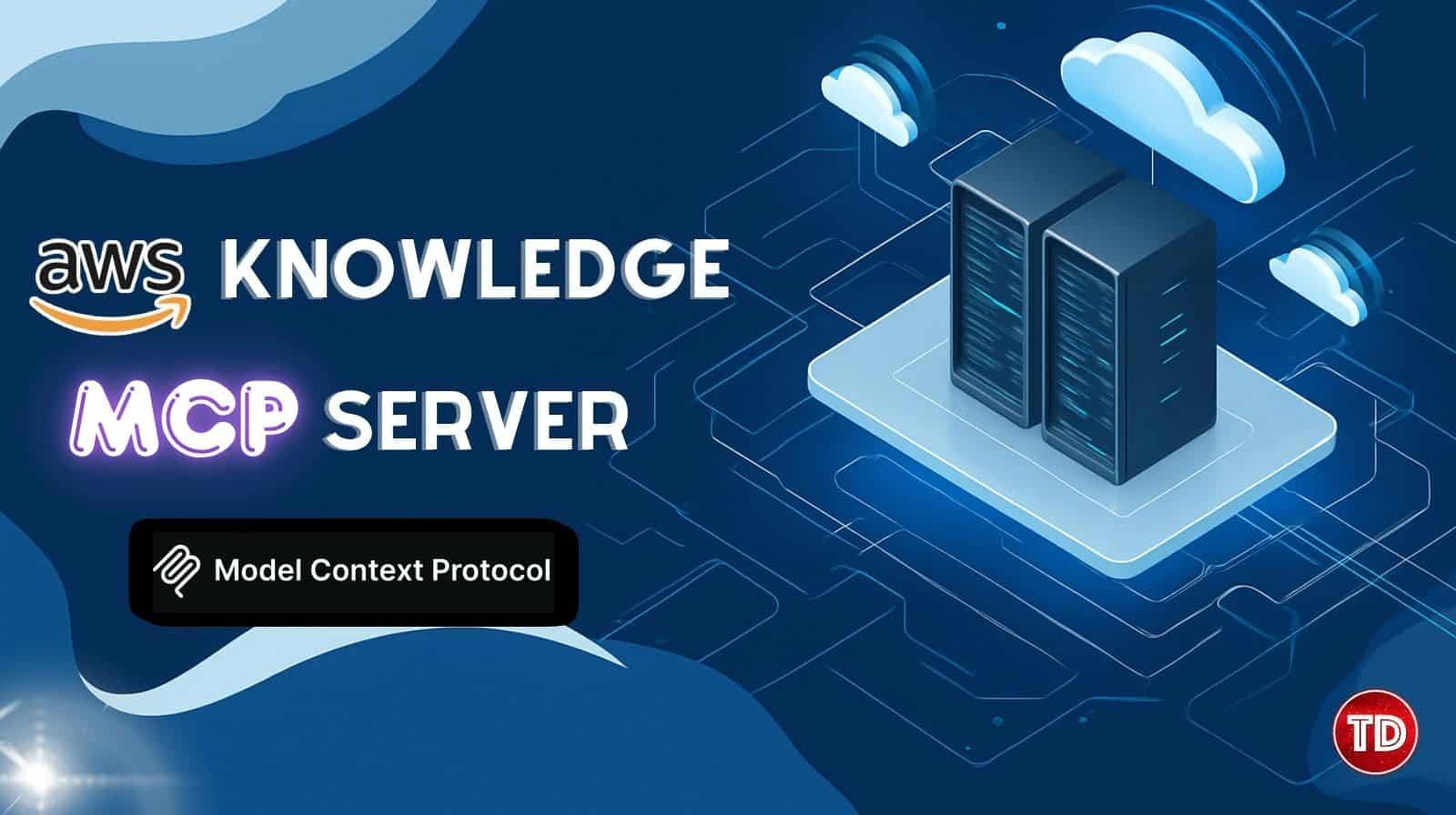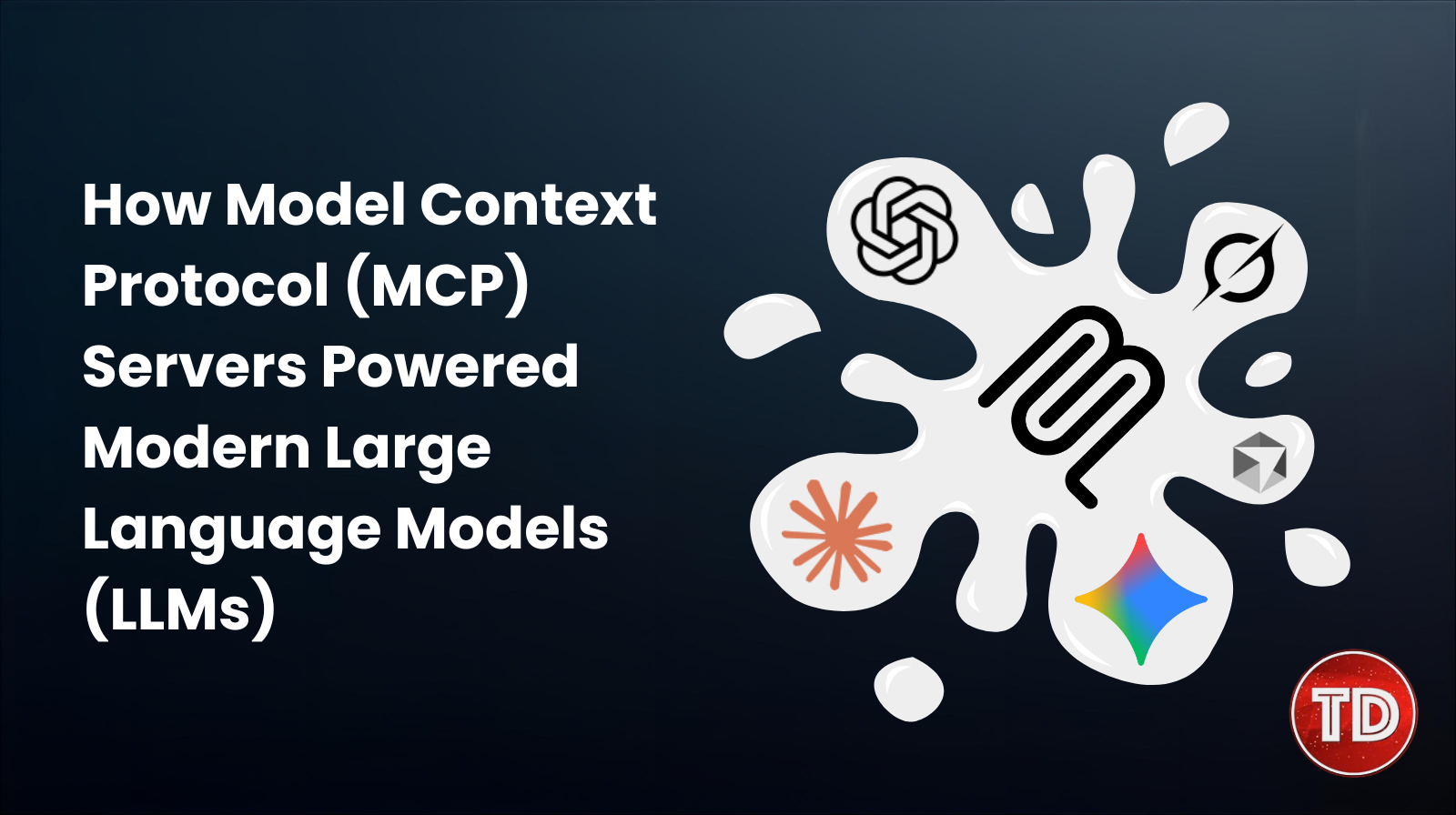AWS Vector Databases Explained: Semantic Search and RAG Systems
Dearah Mae Barsolasco2025-12-21T03:02:32+00:00The generative AI (GenAI) revolution has transformed how organizations extract value from their data. While large language models (LLMs) demonstrate remarkable capabilities in understanding and generating human-like text, their true enterprise potential is unlocked only when they can access proprietary, domain-specific information. This necessity has propelled vector databases from a specialized niche into an essential pillar of modern AI infrastructure. But First, What Are Vector Databases? A vector database, as its name suggests, is a type of database designed to store, index, and efficiently search vector embeddings. These vectors are high-dimensional points that represent meaning. At its core, a vector [...]


